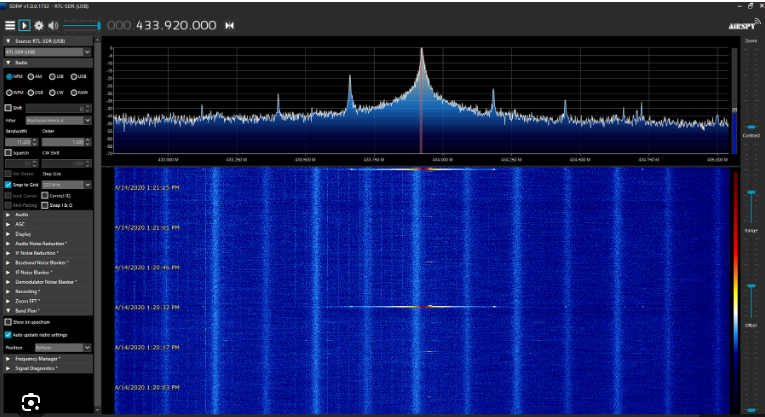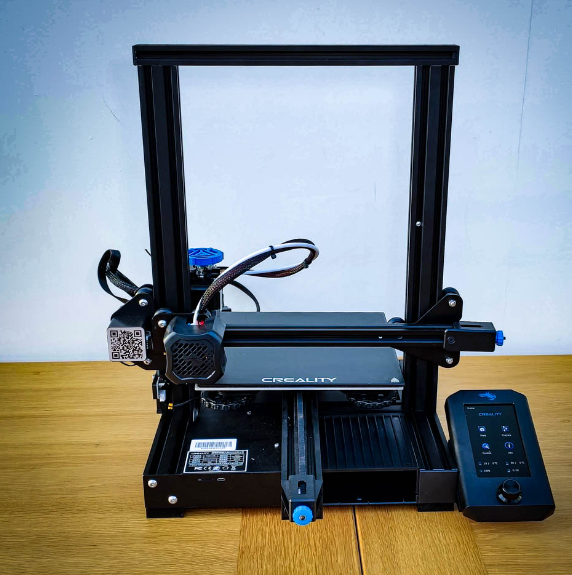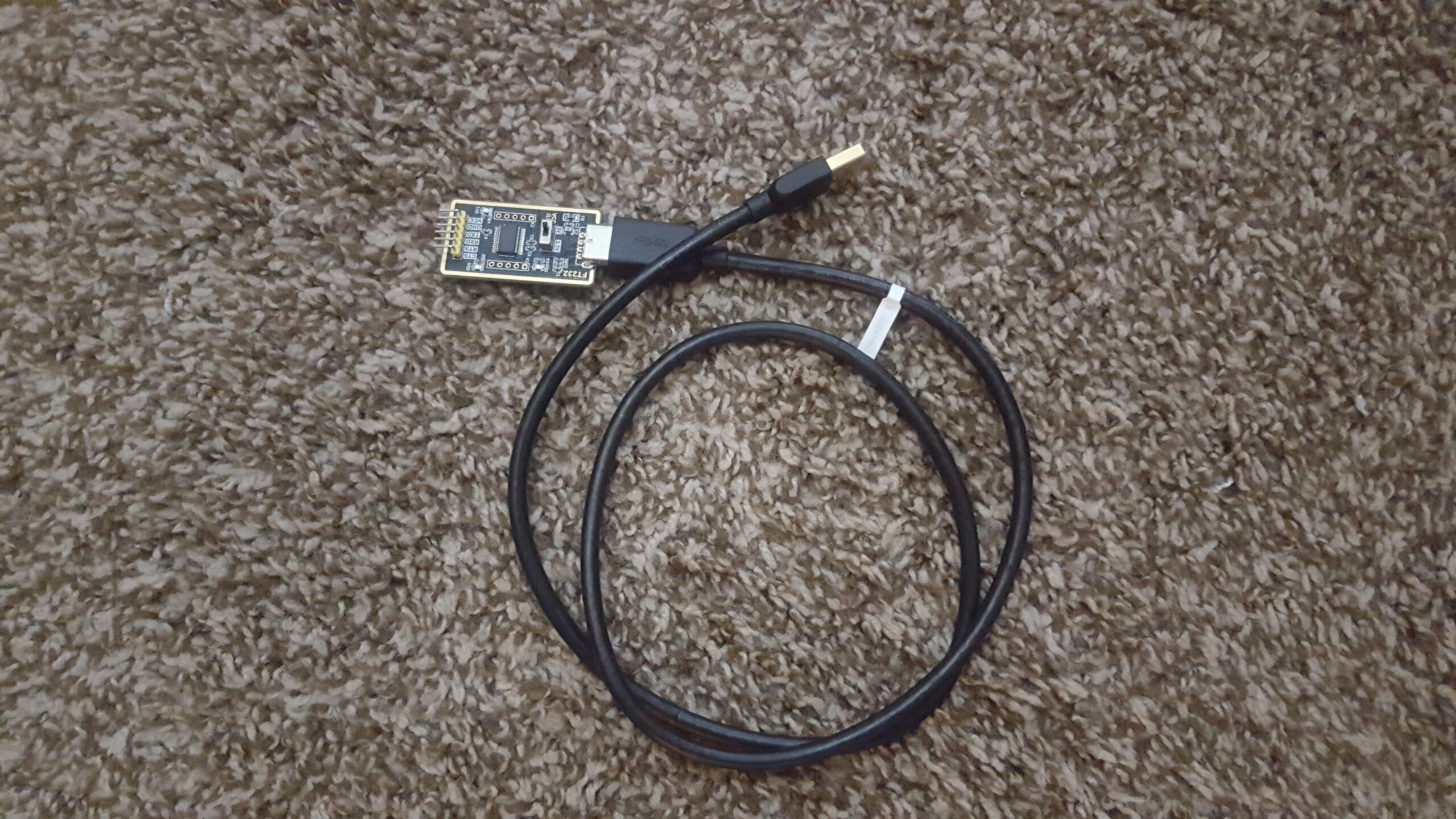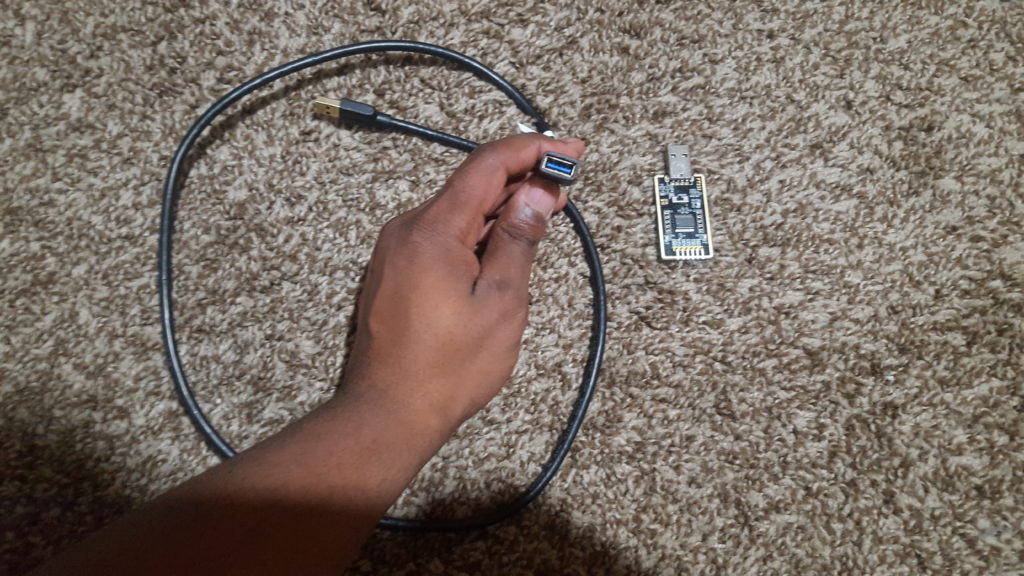Listening to communications, downloading weather data from satellites, capturing data from airplanes, SDRs are powerful SIGINT (SIG)nals INT(elligence) devices that are surprisingly cheap and useful. For a great introduction and facts on budget SDRs look at this article. We’re going straight into it.
Basic Tools/ Materials
SDR- For this article I’m using the RTL SDR, which can be found on Amazon, AliExpress, or Ebay. Get the V3 version as the newest V4 doesn’t have 100% compatibility at this time.
Antenna- Any antenna within the signal range of 500 kHz – 1766 MHz will work fine. To see how it works its great if you have a toy, radio antenna, anything that works within the SDR & experimental object you’re using’s frequency range. Ensure the antenna connection type is SMA male. The RTL SDR has an SMA female connector type. For more information concerning antennas, refer to my article




